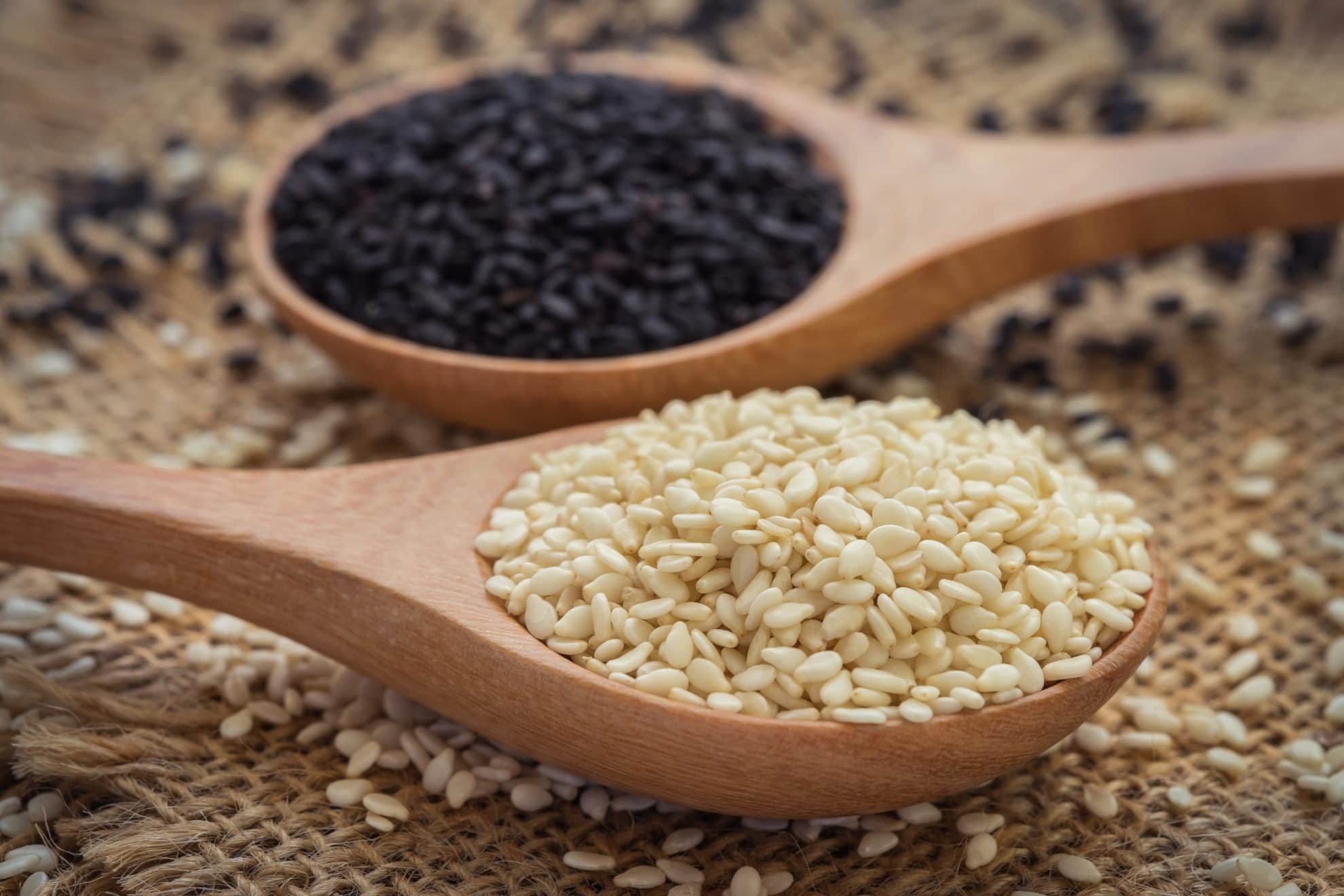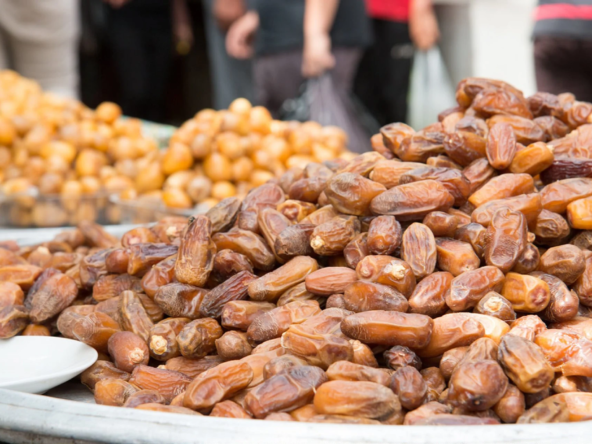Sesame seeds, with their nutty flavor and delicate crunch, are a versatile ingredient used in cuisines around the world. Whether sprinkled atop salads, incorporated into baked goods, or ground into flavorful pastes, sesame seeds add depth and richness to a wide range of dishes. However, to fully unlock their flavor and nutritional benefits, proper drying and preservation techniques are essential. In this comprehensive guide, we’ll explore everything you need to know to ensure your sesame seeds remain fresh, flavorful, and shelf-stable for extended periods.
Understanding Sesame Seeds:
Before delving into drying and preservation methods, it’s essential to understand the characteristics of sesame seeds. Sesame seeds are tiny, oil-rich seeds derived from the sesame plant (Sesamum indicum). They come in various colors, including white, black, and brown, each offering its unique flavor profile. These seeds contain valuable nutrients such as protein, fiber, healthy fats, vitamins, and minerals, making them a nutritious addition to any diet.
The Importance of Drying and Preservation:
Sesame seeds, like many other seeds and nuts, contain oils that can turn rancid over time when exposed to heat, light, and moisture. Proper drying and preservation methods are crucial for preventing spoilage and maintaining the seeds’ quality, flavor, and nutritional integrity. Additionally, effective preservation techniques ensure that sesame seeds remain safe for consumption, free from mold, bacteria, and other contaminants.
Drying Sesame Seeds:
Drying sesame seeds effectively is the first step in preserving their freshness and flavor. Here’s a step-by-step guide to drying sesame seeds:
- Harvesting: If you’re growing sesame plants in your garden, harvest the seed pods once they turn brown and begin to split open. Alternatively, purchase high-quality sesame seeds from a reputable supplier.
- Cleaning: Thoroughly clean the sesame seeds to remove any dirt, debris, or plant matter. Rinse them under cold water and drain well.
- Drying: Spread the cleaned sesame seeds in a single layer on a clean, dry surface. You can use a baking sheet, tray, or mesh drying rack for this purpose. Ensure adequate airflow around the seeds to promote even drying.
- Sun-Drying: Place the sesame seeds in a sunny, well-ventilated area to dry naturally. Stir or turn the seeds periodically to ensure uniform drying and prevent mold growth.
- Oven-Drying: If sun-drying is not feasible, you can use an oven to dry the sesame seeds. Preheat the oven to a low temperature (around 150°F or 65°C) and spread the seeds evenly on a baking sheet. Place the sheet in the oven and leave the door slightly ajar to allow moisture to escape. Check the seeds frequently and stir them to ensure even drying.
- Checking for Dryness: The sesame seeds are dry when they feel crisp and brittle to the touch. They should not have any residual moisture. Depending on the drying method and environmental conditions, this process may take several hours to a few days.
- Cooling: Allow the dried sesame seeds to cool completely before proceeding to the preservation step.

Preserving Sesame Seeds:
Once dried, proper preservation techniques are essential to maintain the quality and freshness of sesame seeds. Here are some effective methods for preserving sesame seeds:
- Store in Airtight Containers: Transfer the cooled sesame seeds to clean, airtight containers such as glass jars or plastic bags. Make sure the containers are dry and free from moisture to prevent the seeds from becoming soggy or moldy.
- Keep Away from Heat and Light: Store the containers of sesame seeds in a cool, dark place away from direct sunlight, heat sources, and moisture. Exposure to light and heat can accelerate the oxidation process and lead to rancidity.
- Refrigeration or Freezing: For long-term storage, consider refrigerating or freezing the sesame seeds. Place the airtight containers in the refrigerator or freezer, where they can remain fresh for several months to a year. Before using refrigerated or frozen sesame seeds, allow them to come to room temperature to prevent condensation.
- Vacuum Sealing: Vacuum sealing is another effective method for preserving sesame seeds. Use a vacuum sealer to remove excess air from the storage bags or containers, creating a vacuum-sealed environment that helps prolong the seeds’ shelf life.
- Rotate Stock: To ensure optimal freshness, rotate your sesame seed stock regularly. Use older batches first before moving on to newer ones, especially if you’re storing a large quantity for an extended period.
Tips for Quality Assurance:
- Always start with fresh, high-quality sesame seeds for the best results.
- Avoid exposing sesame seeds to moisture during the drying and preservation process, as moisture can lead to mold growth and spoilage.
- Check stored sesame seeds periodically for any signs of rancidity, off odors, or discoloration. Discard any seeds that appear spoiled or have an unpleasant smell.
- Label containers with the date of storage to track freshness and ensure proper rotation.
- Experiment with different varieties of sesame seeds, such as white, black, or brown, to explore their unique flavors and culinary applications.
Conclusion:
Drying and preserving sesame seeds is a simple yet essential process that ensures their long-term freshness, flavor, and nutritional value. By following the guidelines outlined in this comprehensive guide, you can confidently harvest, dry, and store sesame seeds to enjoy their culinary delights year-round. Whether you’re a home cook, professional chef, or avid food enthusiast, mastering the art of sesame seed preservation opens up a world of culinary possibilities and ensures that this nutritious ingredient remains a staple in your kitchen for years to come.
Ajigofarms is a reliable global agricultural purchase sourcing with profound expertise in the manufacturing, and exportation of food crops. We are tested, and trusted suppliers of all kinds of cash crops and food crops. Our constant supply chain solution makes exporting easy, quick, and safe, we are identified with timeliness and meeting up with deadlines. Regardless of the region you are located in worldwide, you can reliably order your Agric products and be rest assured of successful delivery.




